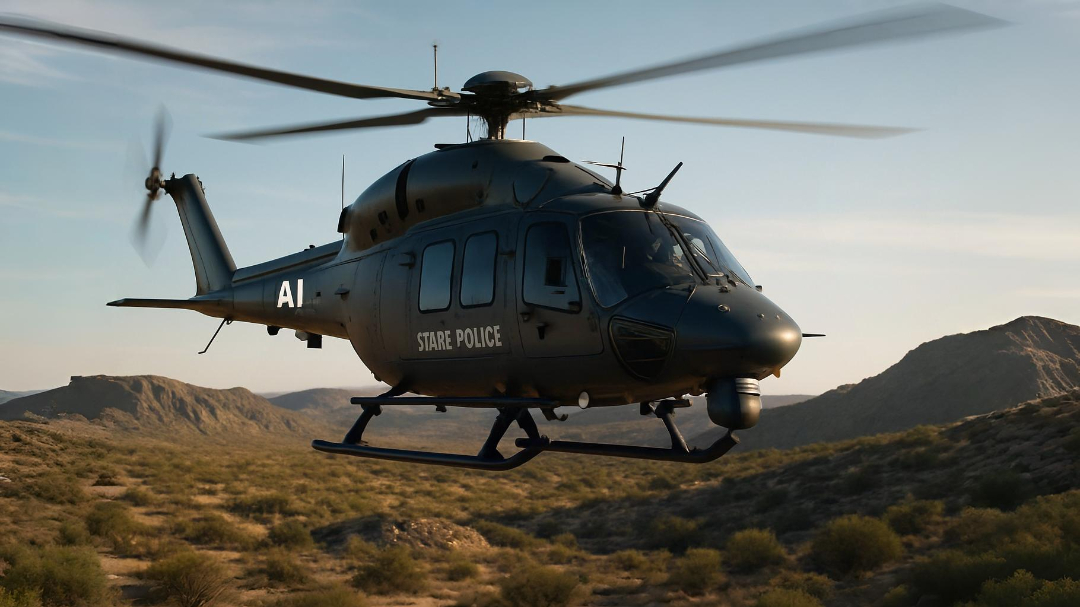
Texas Deploys AI-Powered Helicopters for Enhanced Surveillance and Border Security
Texas has launched a new initiative deploying AI-equipped helicopters to enhance aerial surveillance and border security. These state-of-the-art helicopters are capable of real-time video analysis, enabling law enforcement to monitor borders and other areas more effectively than ever before.
AI Helicopters Transforming Border Monitoring and Wildfire Response
The Texas Department of Public Safety (DPS) has integrated artificial intelligence into its surveillance arsenal, enhancing its ability to detect and analyze threats autonomously. These helicopters complement a broader AI-powered network, including drones, ground cameras, and software that tracks cell phones and performs facial recognition. The state has invested over $11 billion in border security under Operation Lone Star, which turbocharges surveillance capabilities using technologies initially developed for military applications.
In addition to border security, Texas A&M University is leading a $59.8 million project developing AI-powered pilotless Blackhawk helicopters that will assist in wildfire response. These helicopters will perform aerial surveillance, water drops, and supply delivery in high-risk areas dangerous for human crews. The project, supported by DARPA and several emergency agencies, aims to revolutionize wildfire fighting by using autonomous aircraft.
Advanced AI and Real-Time Data for Border and Public Safety
The helicopters utilize AI algorithms capable of analyzing high volumes of images and video in real time, differentiating humans, vehicles, and wildlife with an accuracy rate of 95 percent. This technology notifies law enforcement immediately upon identifying suspicious objects or persons on a watch list, thereby improving threat detection and response times significantly.
Texas also employs additional AI tools such as Clearview AI for facial recognition from billions of images, and software platforms for social media monitoring and inmate phone call transcription, enhancing intelligence gathering.
Privacy and Oversight Considerations
While these advanced surveillance tools provide powerful capabilities for law enforcement, they raise concerns regarding privacy and civil liberties due to the extent of warrantless tracking and data mining. Legislative oversight remains limited despite calls for stronger regulations to balance security with privacy protections.
This integration of AI-powered surveillance helicopters marks a significant advancement in Texas’s law enforcement technology, supporting border security and emergency response through cutting-edge autonomous capabilities.